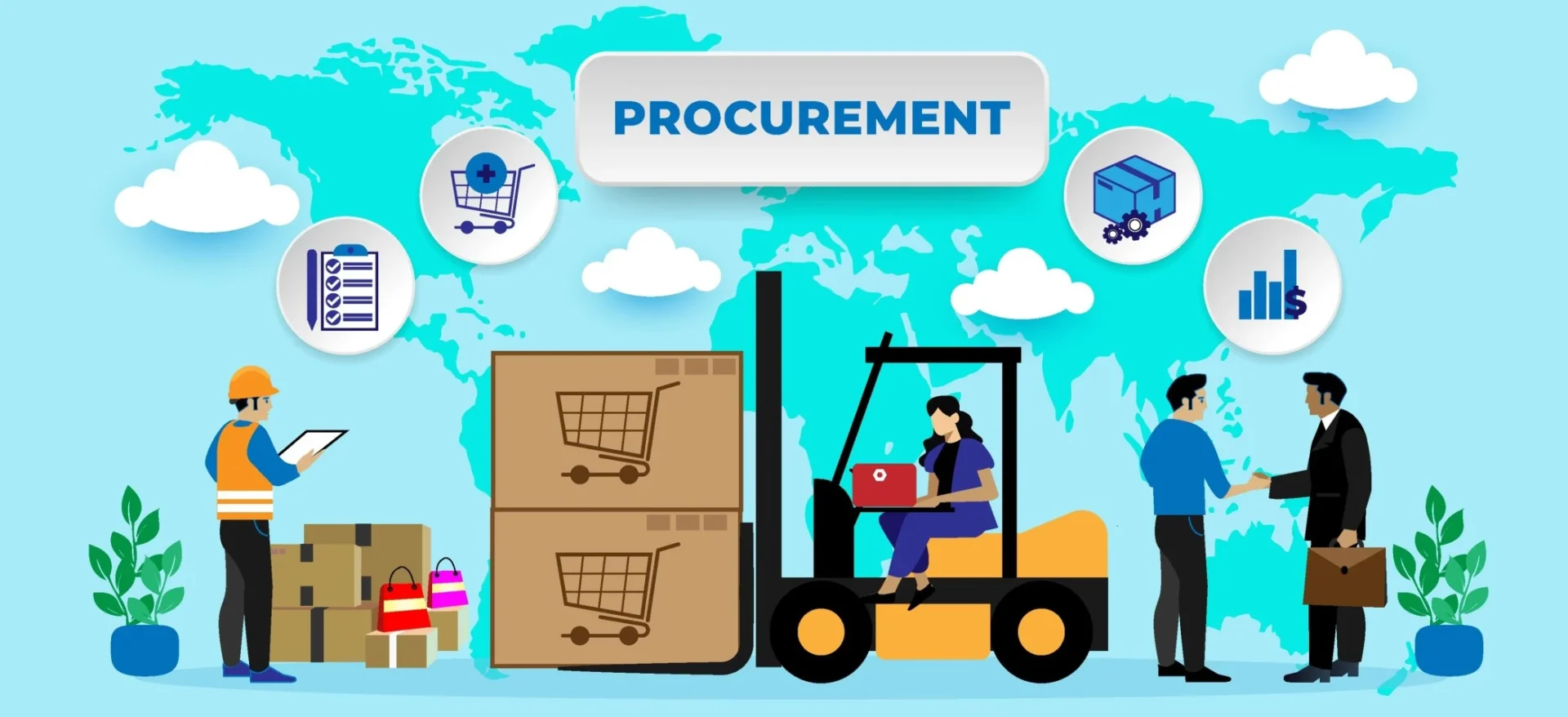

Procurement processes have changed as the combination of inflation and fewer resources has reduced flexibility within the system. Many sourcing professionals feel they have little control over their supply chains due to the increased prices and smaller selection. But there are ways to improve your procurement processes to meet these challenges.
A recent survey of buying and sourcing professionals showed that global inflation affected 91% of companies polled.
Other impactful events include the Russia/Ukraine conflict, a recessionary economy, and the recent bank collapses.
In light of these conditions, purchasing agents ranked securing supply chains as a major concern in 2023. Nearshoring, the strategic approach of seeking suppliers in close proximity to the company, presents itself as a viable solution for many purchasing teams. China, being the foremost manufacturer of semiconductors worldwide, poses challenges for countries heavily reliant on this essential component for the production of various items, ranging from mobile phones to automobiles.
The blockchain technology widely used in the Bitcoin space may be one answer to the many issues facing buying managers. This technology can benefit the purchasing process initially by increasing visibility and reducing administrative overhead.
Additional advantages of adopting blockchain technology for supply chain management include:
Sourcing managers use data analysis and machine learning to help with procurement processes. The first step in using data analysis is to understand the different types of data analytics.
Machine learning begins with a human feeding a dataset into an algorithm and checking the machine’s output against a known quantity. After repeating its algorithms multiple times, the machine “learns” to adapt to new datasets. Machine learning is especially valuable when searching through large quantities of data. It is also very helpful in monitoring daily operational data to look for buying oddities, such as one supplier consistently missing delivery deadlines.
Machines can look back to review past trends. They can develop decision trees such that if “Supplier X” provides low-quality product “Y times,” switch to “Supplier Z”.
As they are not bound by an eight-hour workday, machines do not require time out of the office. Therefore, machines are the ideal solution for managing supply chains that cross multiple time zones.
Raiven Marketplace is a good example of a solution provider that combines the best of both worlds. Raiven combines machine-learning-generated information about your procurement processes and provides the human touch your company needs. Regardless of your company’s size, partnering with Raiven increases your buying power by allowing you to access group purchasing discounts.
Raiven has pre-negotiated contracts in place with Carrier, FedEx, Ferguson, Grainger, Graybar, HD Supply, Home Depot, Lowe’s, Office Depot, Schneider Electric, T-Mobile, and more!, Your buying team no longer needs to study each supplier’s data based on contract clauses. Buying professionals save, on average, between 7% and 30% for the products and services they already use!
With AI-driven digital supply chain analytics, the Raiven Marketplace gives you everything that you need to strengthen your supply chain. Contact Raiven today for a free demonstration!
